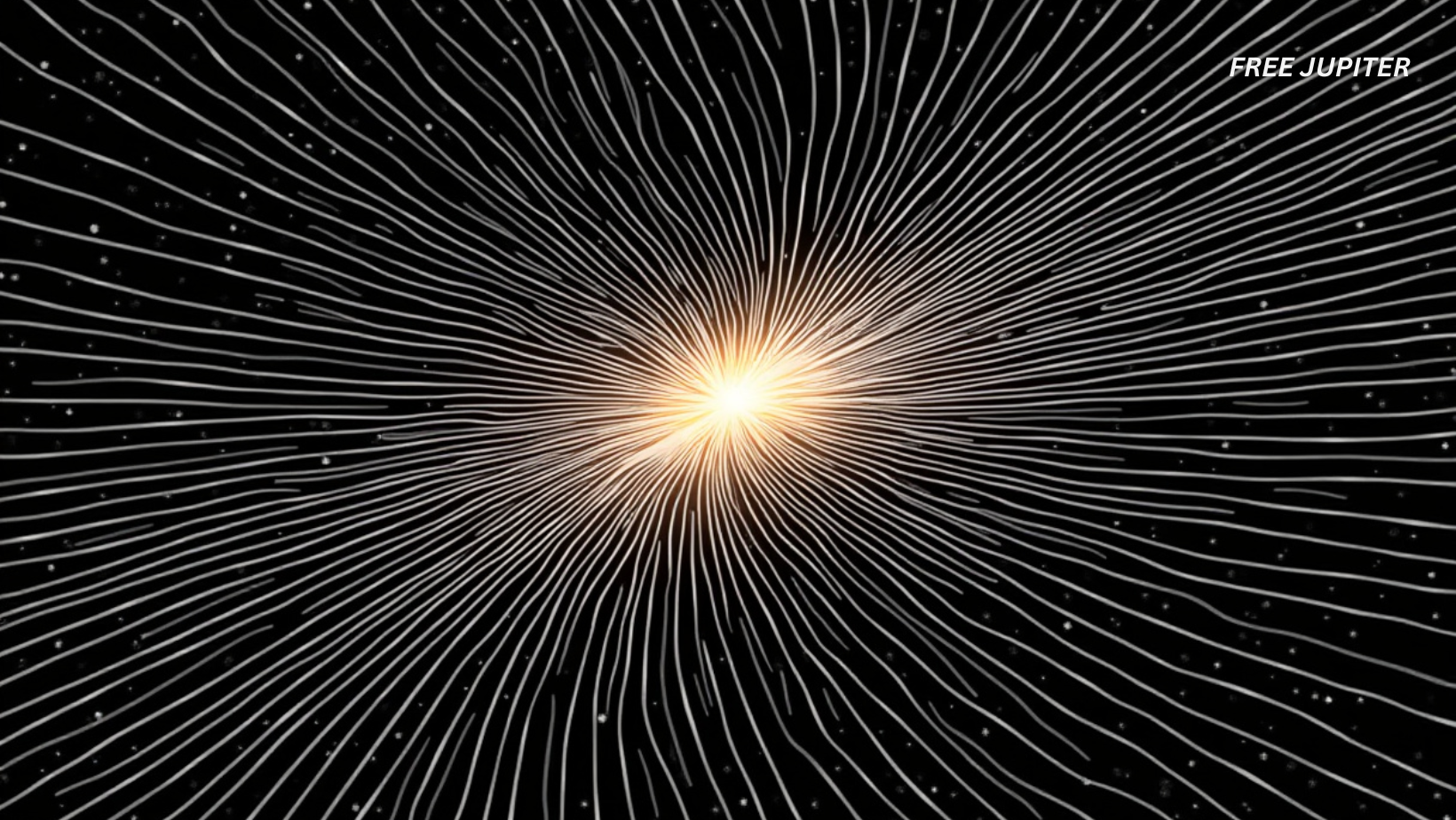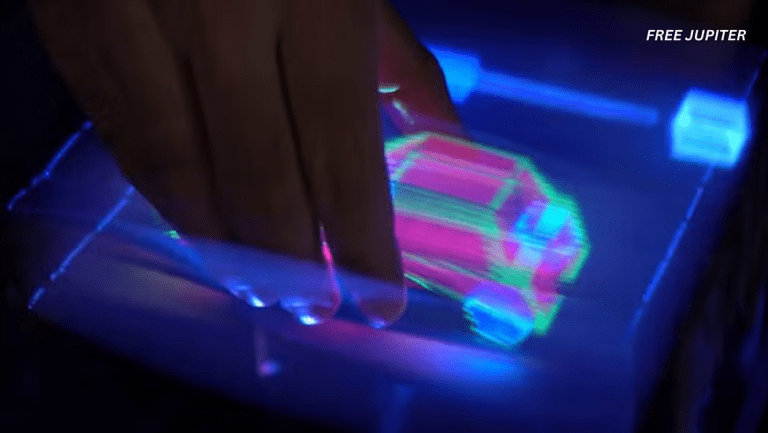Humanity has always stood at the edge of the cosmic stage, slowly stepping back with each scientific revelation. From the time Copernicus first removed Earth from the center of the universe, one truth has grown clearer—we are not the focal point of existence. That humbling journey, stretching across centuries, has given us an incredible view of our world, our Solar System, and the vast universe beyond. Yet, for every answer uncovered, dozens of questions have emerged—none more puzzling than the enigma of dark energy.
First hinted at in 1998, dark energy quickly became one of the most captivating mysteries in modern physics. Astronomers, using supernova observations, realized something astonishing: the universe wasn’t just expanding—it was accelerating in its expansion. That discovery flipped our understanding of cosmology on its head. Since then, the elusive force known as dark energy has been folded into nearly every major theory attempting to explain how the cosmos works. Among them is string theory—a framework born in the late 1960s, once hailed as revolutionary but later doubted by many in the scientific community.
String theory has always promised to bridge the gap between quantum mechanics and general relativity—a dream of unification often called the “theory of everything.” Still, in recent years, its reputation has taken repeated hits. Critics dismissed it as too speculative, too abstract, too far removed from measurable reality. The lack of direct evidence didn’t help. Some claimed it was little more than elegant mathematics with no grounding in physical truth. Yet, that may be changing.
A new chapter could be opening, thanks to data gathered by the Dark Energy Spectroscopic Instrument (DESI). This state-of-the-art device was built to analyze the light from millions of distant galaxies, offering insights into the universe’s expansion. What it has recently revealed might breathe new life into string theory.
According to a fresh preprint paper uploaded to the online research archive arXiv, scientists from Virginia Tech, SUNY (State University of New York), and the University of the Witwatersrand in South Africa believe they may have uncovered evidence that supports the predictions of string theory. The paper, which has yet to be peer-reviewed, suggests that DESI’s observations—specifically, the apparent weakening of dark energy over time—could be a hint that the universe behaves in ways predicted by string theory frameworks.
Read more: 4,000 Meters Below The Sea, Scientists Have Finally Found the Incredible ‘Dark Oxygen’
This proposal centers on a fascinating idea: that the structure of a so-called “dual spacetime” might be responsible for the origin of dark energy. If that hypothesis is accurate, then the recent findings from DESI might offer a completely new understanding of quantum spacetime—and by extension, quantum gravity.
The concept behind string theory diverges radically from that of the Standard Model of particle physics. While the Standard Model treats particles as point-like entities with no internal structure, string theory envisions them as tiny, one-dimensional strings. These strings, vibrating at different frequencies, determine the properties and behavior of particles. The idea is elegant, abstract, and ambitious—but without direct experimental support, it has remained on the theoretical fringes.
That may now be changing. When DESI researchers announced that dark energy’s effect seems to be fading with time, many theorists took notice. One of them was Cumrun Vafa, a prominent string theorist at Harvard University. Speaking with Quanta Magazine, he noted that string theory actually expects such a shift. According to Vafa, the theory “kind of demands that [dark energy] change.” In other words, this weakening isn’t just a surprise—it’s something string theory had already predicted in various models.
A more detailed look into the new research reveals why this is causing such a stir. As reported by Live Science, the scientists involved in the study constructed a string theory-based model that closely matched DESI’s data. What they discovered was intriguing: the behavior of dark energy appears to depend on two vastly different scales—the tiny Planck length (the smallest measurable unit in the universe) and the cosmic-scale size of the universe itself.
Read more: New Theory Has Upped The Odds That We Are Not Alone
That connection could be profound. It hints at a deeper link between the very fabric of spacetime and the mysterious force that is driving cosmic acceleration. Michael Kavic, a physicist from SUNY and one of the authors of the study, told Live Science that this might indicate a major misunderstanding in our assumptions. “It may turn out,” he said, “that a fundamental misapprehension we carry with us is that the basic defining properties of our universe are static when in fact they are not.”
In simpler terms, what we’ve long considered to be fixed laws of nature—unchanging constants—might actually evolve over time. That notion, if confirmed, would be revolutionary.
Still, it’s important to remain cautious. The authors of the paper themselves admit that this isn’t the long-sought “theory of everything”—at least not yet. Much more work will be needed before any conclusions can be drawn. Other teams will need to verify the results. Alternative interpretations will need to be ruled out. And as always in science, one piece of data is never enough to rewrite the rules.
Skeptics have already pointed out that DESI’s findings, while compelling, are not definitive. The nature of dark energy remains mysterious, and it may take instruments even more advanced than DESI to reveal its true character.
Fortunately, the future of cosmological exploration looks promising. NASA is preparing to launch the Nancy Grace Roman Space Telescope, currently scheduled for 2027. This powerful observatory is expected to deliver some of the most precise measurements of cosmic expansion ever recorded. Meanwhile, the Vera C. Rubin Observatory—funded by the National Science Foundation—is expected to begin its observations within the year. Once fully operational, it will survey the night sky with unmatched depth and frequency.
These next-generation instruments will offer opportunities to test the string theory-inspired models proposed in the recent study. They could either validate the findings—or send theorists back to the drawing board. Either way, the data will be invaluable.
Read more: Archaeologists Find an Ancient Temple Hidden in the Heart of a Cliff
For string theory, the road has always been long and winding. Its mathematical beauty has never been in doubt. But physics demands more than elegance—it requires evidence. If the hints from DESI are real, and if they hold up under future scrutiny, then this could mark a turning point. A theory long thought untestable might finally be gaining experimental support.
This wouldn’t be the first time a scientific idea was dismissed, only to rise again with new evidence. The history of science is filled with such stories. What sets this one apart is the sheer scale of what’s at stake. At its heart lies a question more profound than any other: What is the true nature of reality?
If string theory is correct, then reality is not composed of point-like particles, but of vibrating strings existing in hidden dimensions. Time and space themselves might be emergent properties, arising from deeper quantum structures. Our universe could be just one of many—a bubble in a vast multiverse shaped by strings and geometry.
Such ideas were once seen as purely speculative, fit only for thought experiments and chalkboards. Now, they may be entering the realm of observational science. That’s a monumental shift.
What’s being suggested here is not just a tweak to existing models. It’s a possible rewrite of the cosmic playbook. If dark energy is truly weakening—and if that weakening fits into a larger, string-based picture of reality—then we’re on the brink of a new paradigm.
The implications would stretch far beyond physics. Our place in the universe, the structure of time and space, even the ultimate fate of the cosmos—all could be viewed in a new light.
But for now, caution remains wise. The DESI findings offer a promising trail, but not a full map. More observations will be needed. More models will be tested. Theories will be refined, discarded, or strengthened.
Still, for those who have worked in the shadows of string theory for decades, this moment feels significant. A door may finally be opening—a portal not to another world, but to a deeper understanding of this one.
What lies ahead is uncertain. What’s clear is that science, once again, is poised to ask bold questions. And this time, it might be string theory that offers the answers.










